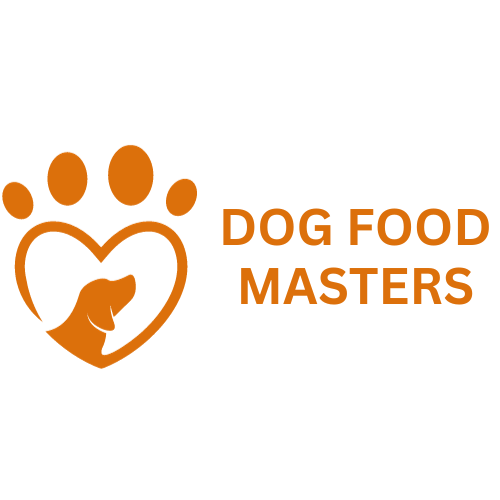Understanding Dog Food Types: The Good, the Bad, and the Essential
Choosing the right type of dog food is a crucial responsibility for any pet owner, as it directly impacts a canine’s overall health and well-being. There are several types of dog food available on the market, prominently including dry kibble, wet food, raw diets, and homemade options. Each category has its unique nutritional composition, advantages, and potential disadvantages, which pet owners must consider when tailoring their dog’s diet.
Dry kibble is often the most convenient option due to its long shelf life and ease of storage. It typically contains a well-balanced mix of proteins, carbohydrates, fats, vitamins, and minerals. Kibble can promote dental health as its crunchy texture helps reduce plaque buildup. However, some formulations may contain additives or low-quality ingredients, which necessitates a careful reading of the label to avoid poor options.
On the other hand, wet food, which generally contains higher moisture content, can be appealing to dogs, especially picky eaters. This type of food might also be beneficial for dogs that struggle with hydration. However, wet food tends to have a shorter shelf life and can be more expensive than dry kibble. Additionally, its higher fat content may not be suitable for all dogs, particularly those prone to obesity.
Raw diets have gained popularity in recent years, consisting of uncooked meat, bones, fruits, and vegetables. Proponents argue that this diet resembles a dog’s ancestral eating habits and can lead to healthier skin, shinier coats, and improved digestion. Nevertheless, a raw diet requires proper handling to prevent bacterial contamination and may not provide balanced nutrition without careful planning.
Finally, homemade dog food allows for complete control over ingredients, enabling pet owners to create meals tailored to their dogs’ specific needs. However, this option requires a comprehensive understanding of canine nutrition to ensure balanced meals, which can be a daunting task for some. Ultimately, understanding the options available can empower pet owners to make informed choices about their dog’s nutrition.
Understanding Breed-Specific Nutrition
Nutritional needs vary significantly among dog breeds, influenced by factors such as size, age, and health conditions. Small breeds might require a higher calorie content in their diets compared to larger breeds, which may have slower metabolisms. Additionally, puppies need higher protein and caloric intake for their development, while senior dogs may benefit from lower-calorie diets to prevent obesity and maintain optimal health. Recognizing these differences is crucial for tailored feeding practices.
Obesity is a common concern in certain breeds, such as Labrador Retrievers and Beagles, who may overeat if given the opportunity. Owners of these breeds should carefully measure food portions and offer low-calorie treats to mitigate weight gain. On the other hand, breeds like Greyhounds may struggle with weight gain but should still be monitored to avoid malnutrition. Adopting breed-specific feeding practices can substantially impact a dog’s overall well-being.
Some breeds are also prone to sensitivities or allergies, necessitating specialized diets. For instance, certain terriers might have food allergies, while large breeds like German Shepherds are susceptible to conditions such as bloat. Such health issues require careful consideration when selecting food. It is advisable for owners to consult with their veterinarians for breed-recommended dietary adjustments or specific commercial brands.
For pet owners seeking tailored options, there are various dog food products on Amazon that cater to specific breed needs. Brands often develop formulas targeting the health trends prevalent among certain breeds. When selecting a product, it is crucial to consider protein sources, carbohydrate content, and any additives that may negate the intended health benefits. By prioritizing breed-specific nutrition, pet owners can significantly improve their dog’s quality of life and overall health.


